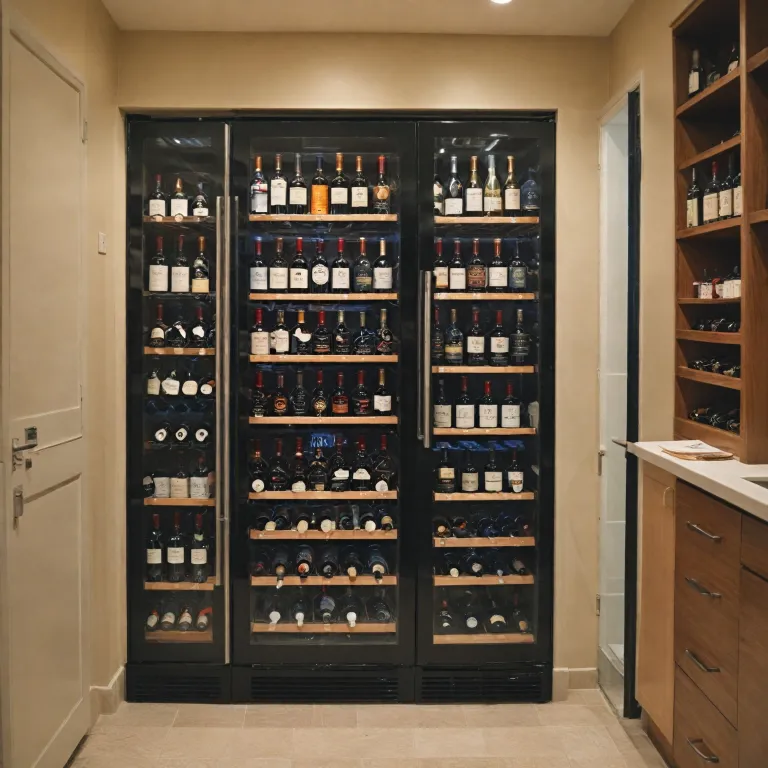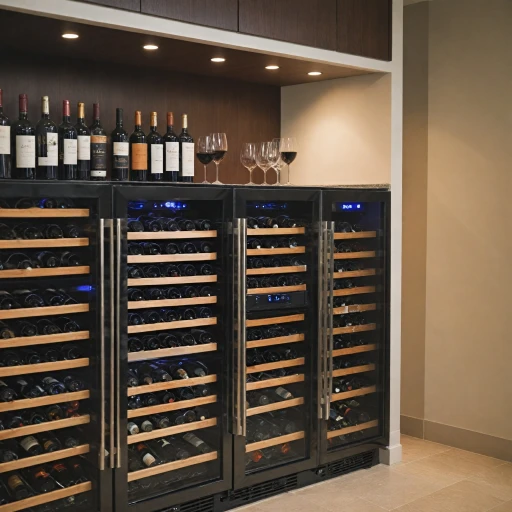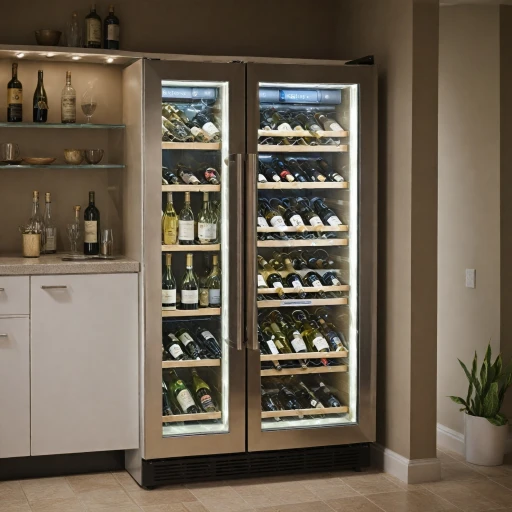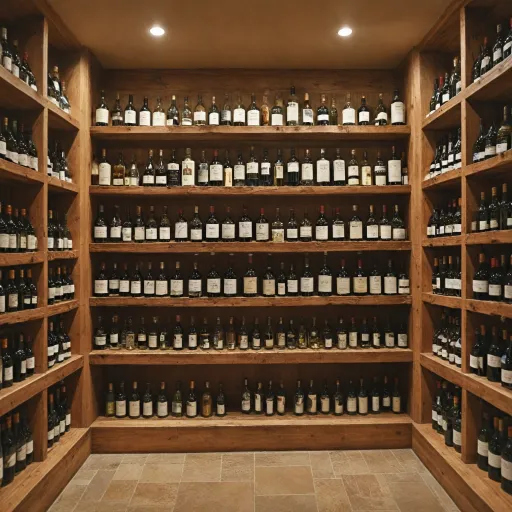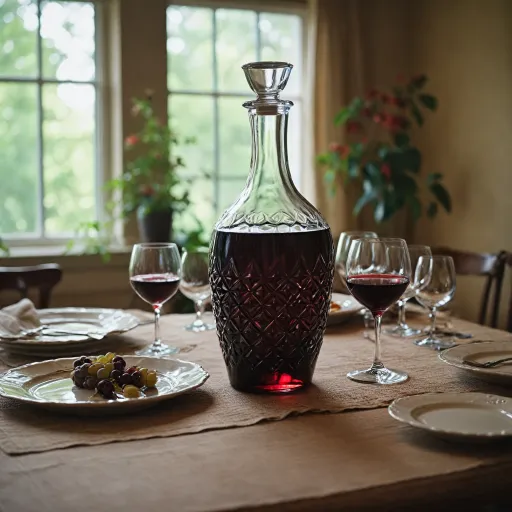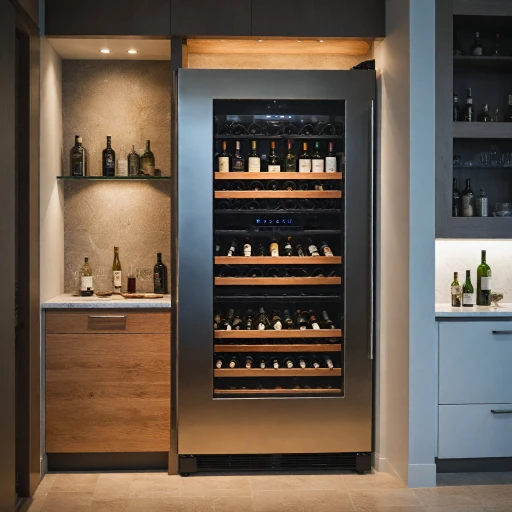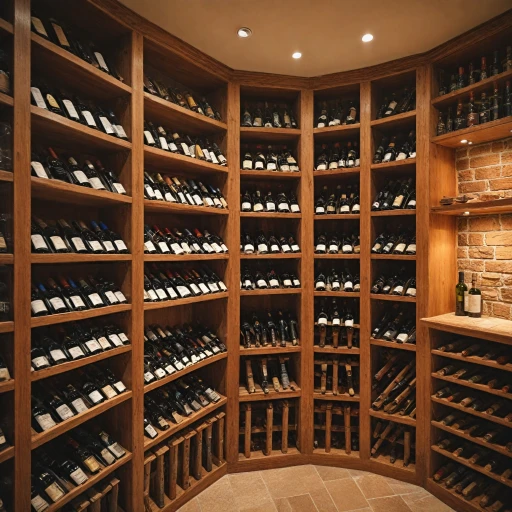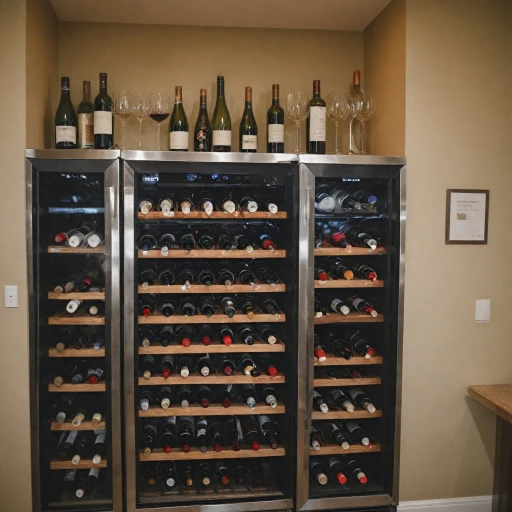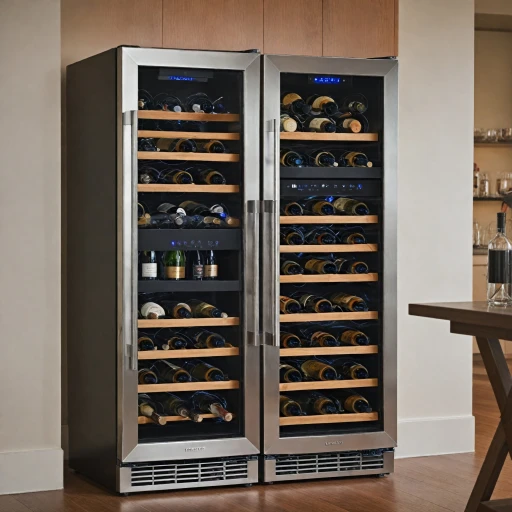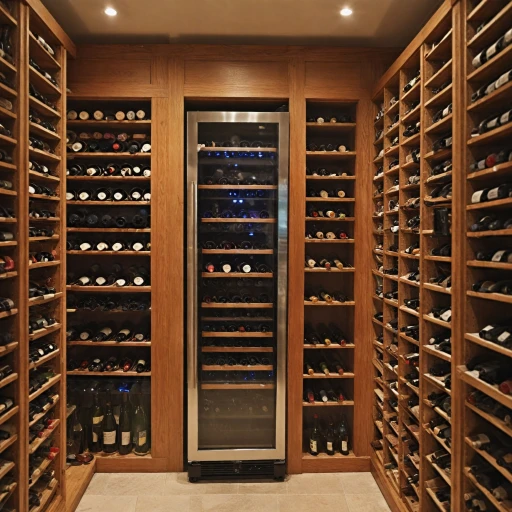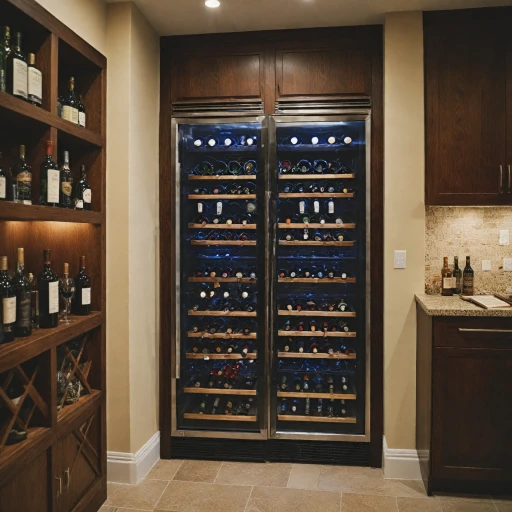
Understanding Wine Types and Their Temperature Needs
Temperature Requirements for Different Types of Wine
Understanding the temperature needs of various wine types can greatly enhance your wine experience. The relationship between a wine's characteristics and its ideal temperature is crucial for maximizing its potential. Each type of wine, be it white, red, or even rosé, has a unique serving temperature that accentuates its flavors and aromas.- Red Wines: Generally, red wines like full-bodied reds thrive at slightly warmer temperatures. A common mistake is serving these wines at room temperature, which can dull their complex flavors. Instead, set your wine refrigerator to about 60-65°F.
- White Wines: In contrast, white wines are best served at cooler temperatures. The crispness and freshness of a white come alive in the 45-50°F range. This lower fridge temperature preserves their acidity and enhances their fruit-forward profiles.
- Sparkling and Dessert Wines: These wines benefit from even cooler temperatures, ideally between 40-45°F, maintaining their refreshing and sweet characteristics intact.
The Science Behind Wine Storage Temperatures
The Importance of Temperature in Wine Storage
Understanding the science behind wine storage temperatures is crucial for preserving the quality and taste of your wine collection. Wine is a delicate beverage, and its flavor profile can be significantly influenced by the temperature at which it is stored. The ideal temperature for wine storage is not a one-size-fits-all solution, as different types of wine require different conditions to maintain their best qualities.
How Temperature Affects Wine
Temperature plays a pivotal role in the chemical reactions that occur within a wine bottle. When wine is stored at the wrong temperature, it can lead to undesirable changes in flavor, aroma, and overall quality. For instance, storing wine at too high a temperature can accelerate the aging process, causing the wine to lose its freshness and vibrancy. Conversely, storing wine at too low a temperature can slow down the aging process, potentially leading to a flat or muted taste.
Optimal Storage Conditions
For most wines, a storage temperature of around 55°F (13°C) is considered ideal. However, this can vary depending on the type of wine. Red wines, particularly full-bodied reds, are best stored at slightly warmer temperatures, around 60-65°F (15-18°C). White wines, on the other hand, are typically stored at cooler temperatures, around 45-50°F (7-10°C). It's important to note that these are storage temperatures, not serving temperatures, which can differ.
Considerations for Wine Fridges
When setting up your wine fridge, it's essential to consider whether you need a single zone or dual zone wine cooler. A single zone wine fridge maintains one consistent temperature throughout, which is ideal for storing one type of wine. A dual zone wine fridge, however, allows for different temperature settings in separate compartments, making it perfect for those who have a diverse collection of both reds and whites.
For more detailed insights into the art of wine storage, you can explore understanding the art of wine storage to ensure your wine is always at its best.
Common Mistakes in Setting Wine Fridge Temperatures
Missteps in Wine Fridge Temperature Settings
Ensuring that your wine fridge is set to the proper temperature is crucial for maintaining the integrity and flavor of your wines. However, many enthusiasts make common mistakes when it comes to temperature regulation, which can compromise the quality of their wine collection.
One of the most frequent errors is setting the fridge temperature too low or too high. While it might seem like a safe choice to store all wines at the same temperature, it's important to understand that different types of wines have unique temperature needs. For example, red wines are generally best stored at slightly higher temperatures than white wines. Setting a single zone wine fridge to a temperature that doesn't cater to both can lead to suboptimal conditions, particularly for full bodied reds.
Another mistake is assuming that room temperature is suitable for wines meant to be served, particularly red wine. Historical "room temperature" was considerably lower than what we experience now, so recalibrating your understanding is key. Modern homes tend to be warmer, which can negatively impact the aroma and taste of the wine.
It's also essential to recognize the impact of fluctuating temperatures. Sudden shifts can affect the wine's maturity and complexity. Therefore, maintaining a consistent storage environment in your wine refrigerator is crucial. For more on enhancing consistency and preservation, consider a humidity-controlled refrigerator.
Tips for Adjusting Your Wine Fridge Settings
Fine-Tuning Your Wine Cooler for Optimal Enjoyment
Achieving the ideal temperature for your wine fridge is crucial for preserving the taste and integrity of your wine collection. Knowing how to adjust and set your cooler properly will ensure your reds, whites, and everything in between are served at their best.
When modifying your wine refrigerator, consider the type of wine you store. For example, a single zone fridge may cater well to those who primarily enjoy reds or whites, while a dual zone cooler provides flexibility for a mixed collection. Reds often prefer a slightly higher temperature than whites, with full-bodied red wine benefiting from just below room temperature settings. Meanwhile, white wine usually needs a cooler range to enhance its crisp flavors.
One common mistake is misunderstanding the serving temperature versus the storage temperature. While storage settings may not differ drastically, serving temperatures are more specific to the type wine being enjoyed. It's important to remember that adjusting your wine fridge's temperature might also involve some trial and error, as personal preference plays a role.
To determine the best setting for your wine bottles, start by referencing the typical temperature ranges for red and white wines. Red wines, especially those that are full-bodied, typically do well at around 55 to 65 degrees Fahrenheit. Lighter reds and all whites tend to be best served between 45 to 55 degrees Fahrenheit.
After these adjustments, ensure that your fridge maintains a consistent temperature; this not only preserves the quality of the wines stored but also prepares them for optimal wine serving. Avoid frequent changes to your fridge's setting, as fluctuation in the temperature wine can degrade the bottle over time.
Remember, getting the most out of your wine fridge will require some experimentation to find that perfect balance. Each bottle has its own sweet spot for temperature, so as you tweak your settings, take notes on how your wines respond. A consistently well-calibrated wine cooler will ultimately lead to a more refined and pleasurable wine experience.
Choosing the Right Wine Fridge for Your Needs
Selecting the Right Wine Storage Solution
When it comes to choosing the perfect wine fridge for your needs, understanding your wine collection is crucial. Different types of wine require specific storage environments, particularly when it comes to temperature. This is why it’s important to evaluate whether a single zone or dual zone fridge suits your collection.
Single Zone vs. Dual Zone: A single zone wine fridge maintains one consistent temperature throughout, making it suitable for uniform wine collections comprising primarily either red or white wines. On the other hand, a dual zone fridge offers separate compartments with individually adjustable temperatures, which is ideal for a diverse collection that includes both reds and whites.
Capacity Considerations: Take stock of how many wine bottles you typically store. If your collection includes full-bodied reds alongside lighter whites, a dual-zone cooler is often the best option. With options ranging from compact units to larger models, consider your space constraints and future collection expansion. This will help prevent the need for frequent bottle rearrangement, which can disturb the sediment.
Features Worth Considering: Look for features like UV-resistant glass doors which protect wines from harmful light exposure, and stable shelving to prevent wines from shifting. Adjustable thermostats are critical. They allow precise control over the wine temperature settings, crucial for maintaining wines at optimal conditions for serving and aging.
Ultimately, the right wine refrigerator will align with not only your technical storage needs but also the aesthetics of your home, creating a perfect environment where wines can be served at the best serving temperatures. Proper selection ensures a seamless wine-serving experience every time you open that cherished bottle.
Maintaining Consistent Temperature in Your Wine Fridge
Mastering the Art of Temperature Consistency
If there's one thing that often separates the casual wine enthusiast from the true connoisseur, it's the understanding and maintenance of consistent temperatures in your wine fridge. Both the longevity and taste of your wine bottles hinge significantly on how steadfastly you manage your wine storage conditions. Maintaining consistency requires attention to a few key factors:- Choice of Wine Fridge: Depending on your collection, it might be beneficial to have either a single zone or a dual zone wine fridge. Single zone fridges are ideal for enthusiasts with preference for one type of wine, while dual models accommodate both red and white wines.
- Thermometer Use: Regularly confirm the internal temperature of your wine refrigerator using a reliable thermometer. This ensures your bottles—be they red wines requiring room temperature for serving, or chilled white wines—are always at the best storage temperature.
- Minimize Door Opening: Frequently opening your wine cooler will cause fluctuations in temperature. Make it a point to keep the refrigerator closed as much as possible to retain that ideal temperature for your full bodied reds and crisp whites.
- Regular Maintenance: Proper maintenance of your wine fridge is crucial. This includes cleaning and ensuring the seals are intact so that external room temperature does not affect the internal environment.
